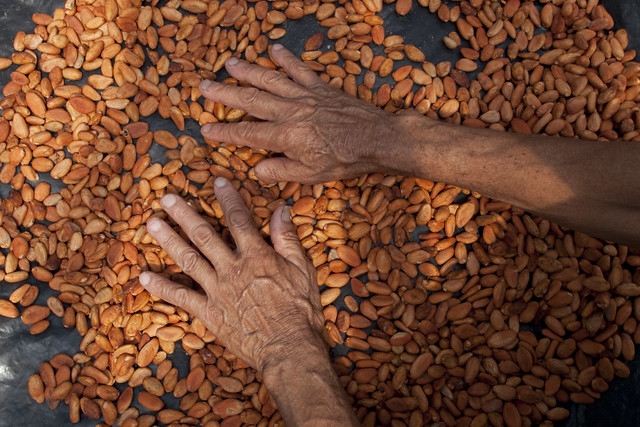The real GDP of the Honduran economy grew by approximately 3.6 percent in 2023, reflecting a deceleration when compared to the 4 percent recorded in 2022. This reduced growth is partially attributable to the decline in the demand for textiles in the United States. The sustained growth of remittances and credit supported household consumption and investment, partially offsetting the decline in exports.
The deceleration in GDP growth is projected to continue in the near future, with rates of 3.5 percent in 2024 and 3.4 percent in 2025, as slower growth in the United States will delay the recovery of manufacturing exports and slow down the growth rate of remittance inflows. In addition, expected reduced yield on key crops will also hinder exports. GDP growth is expected to strengthen gradually from 2026 onwards, supported by more favorable global conditions and dynamic public and private investment.
In 2022, the inflation rate reached 9.1 percent, the highest since 2008, due to the strong impact of rising global food and fuel commodity prices, while the monetary authorities did not raise the key monetary policy interest rate. However, inflation has declined since February 2023 and stood at 5 percent in August 2024, 0.7 percentage points lower than the previous year and within the central bank’s tolerance range. The decrease was driven by declining international food and fuel prices and supported by liquidity absorption measures instituted by the central bank.
Honduras has made progress in reducing poverty, although it still ranks as one of the poorest and most unequal countries in Latin America and the Caribbean. Poverty, at a threshold of US$6.85 per capita per day (2017 PPP), is estimated to reach 51.9 percent of the population in 2023, down slightly from 52.4 percent in 2022. However, this percentage is above the levels observed before the COVID-19 pandemic. Moreover, poverty under the US$2.15 threshold remains high, at an estimated 14.1 percent.
In addition, human development outcomes in the country are among the lowest in the region. For example, according to the World Bank's Human Capital Index, a child born in Honduras will be almost half (48 percent) as productive when he or she grows up as he or she could be if fully educated and healthy.
In order to create more opportunities for the Honduran population, especially the most vulnerable, higher economic growth must be fostered, productivity and competitiveness increased, and inclusion promoted by improving access to quality services and jobs. At the same time, institutional reforms are needed in critical areas, such as the sustainability of the energy sector, governance, and the business environment.
Honduras also faces the challenge of strengthening resilience to climate change and improving governance and the quality of institutions, for example through greater transparency and independence of constitutional authorities.
Last Updated: Oct 07, 2024


